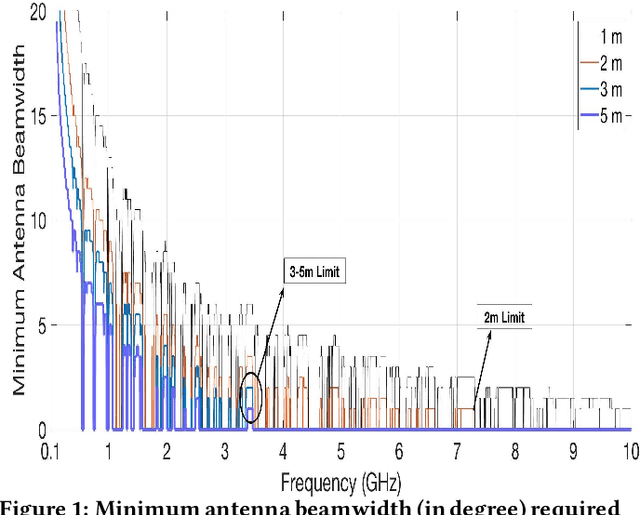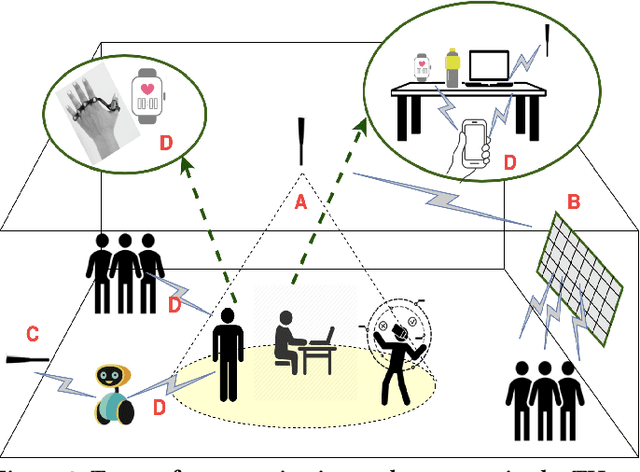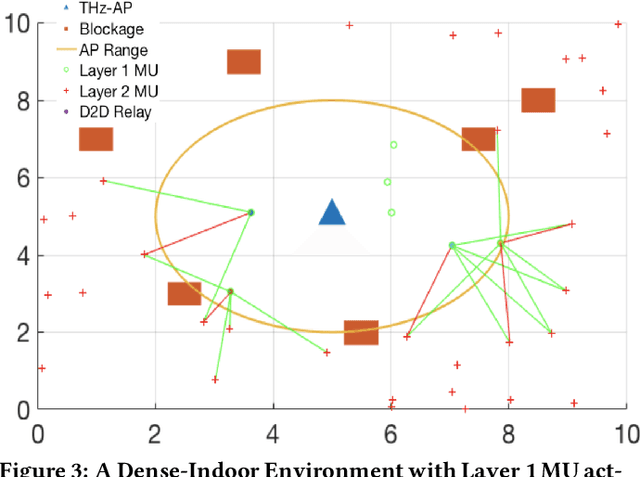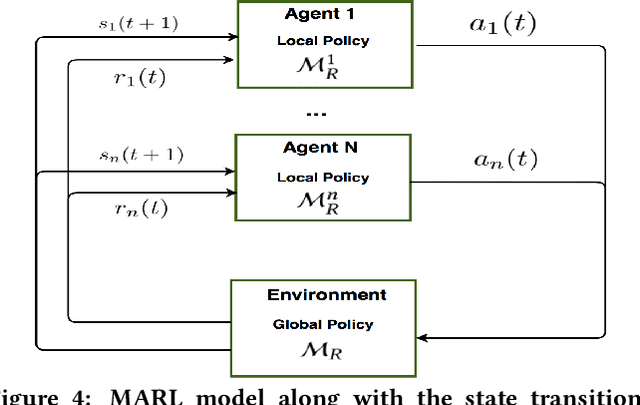Ultra-dense Low Data Rate Communication in the THz
Paper and Code
Sep 22, 2020



In the future, with the advent of Internet of Things (IoT), wireless sensors, and multiple 5G killer applications, an indoor room might be filled with $1000$s of devices demanding low data rates. Such high-level densification and mobility of these devices will overwhelm the system and result in higher interference, frequent outages, and lower coverage. The THz band has a massive amount of greenfield spectrum to cater to this dense-indoor deployment. However, a limited coverage range of the THz will require networks to have more infrastructure and depend on non-line-of-sight (NLOS) type communication. This form of communication might not be profitable for network operators and can even result in inefficient resource utilization for devices demanding low data rates. Using distributed device-to-device (D2D) communication in the THz, we can cater to these Ultra-dense Low Data Rate (UDLD) type applications. D2D in THz can be challenging, but with opportunistic allocation and smart learning algorithms, these challenges can be mitigated. We propose a 2-Layered distributed D2D model, where devices use coordinated multi-agent reinforcement learning (MARL) to maximize efficiency and user coverage for dense-indoor deployment. We show that densification and mobility in a network can be used to further the limited coverage range of THz devices, without the need for extra infrastructure or resources.
 Add to Chrome
Add to Chrome Add to Firefox
Add to Firefox Add to Edge
Add to Edge